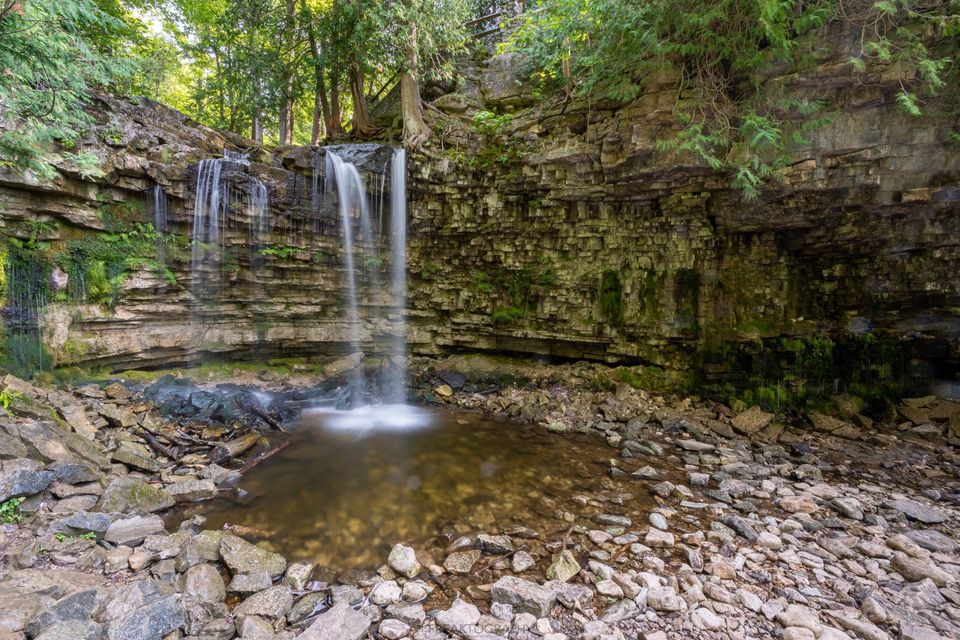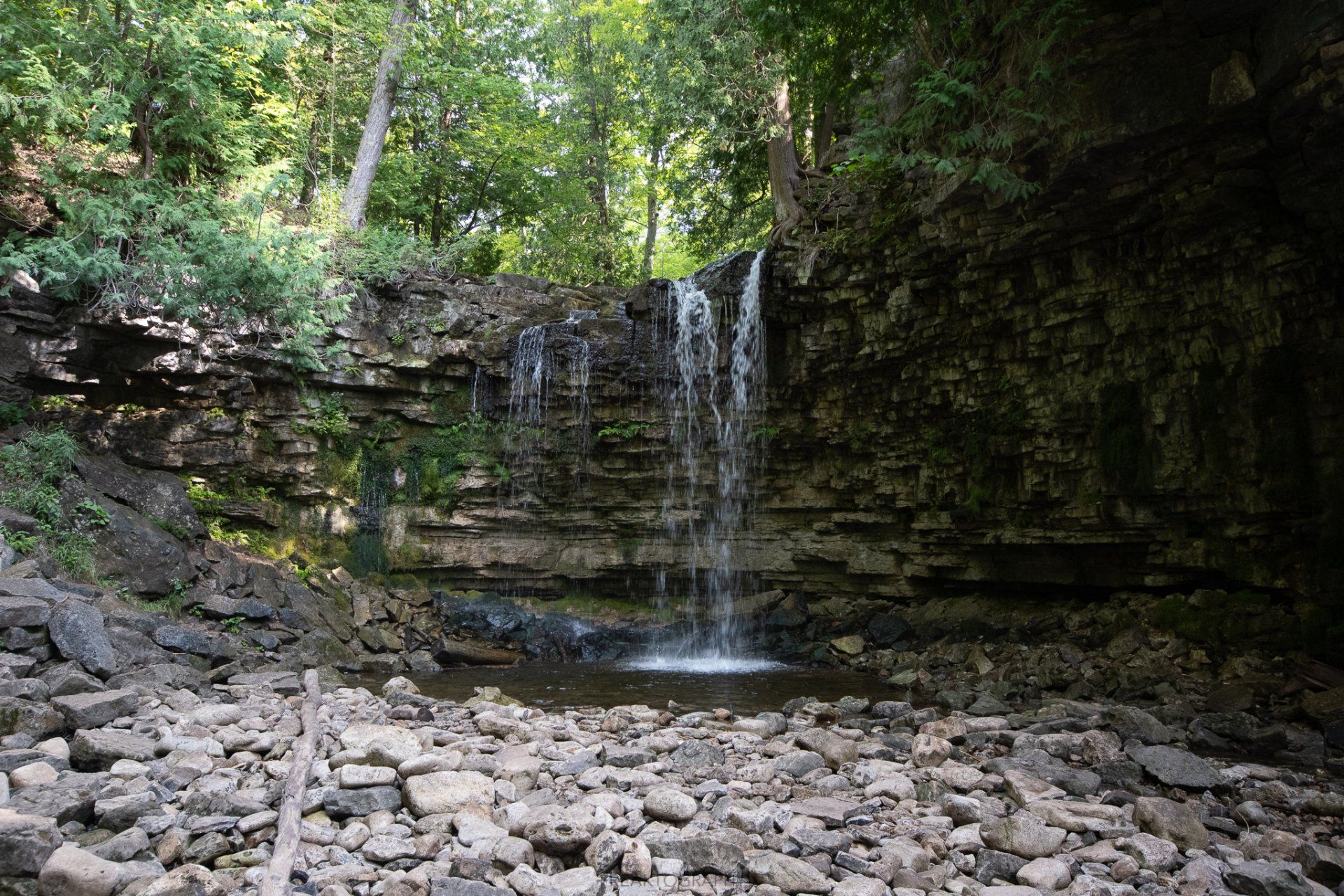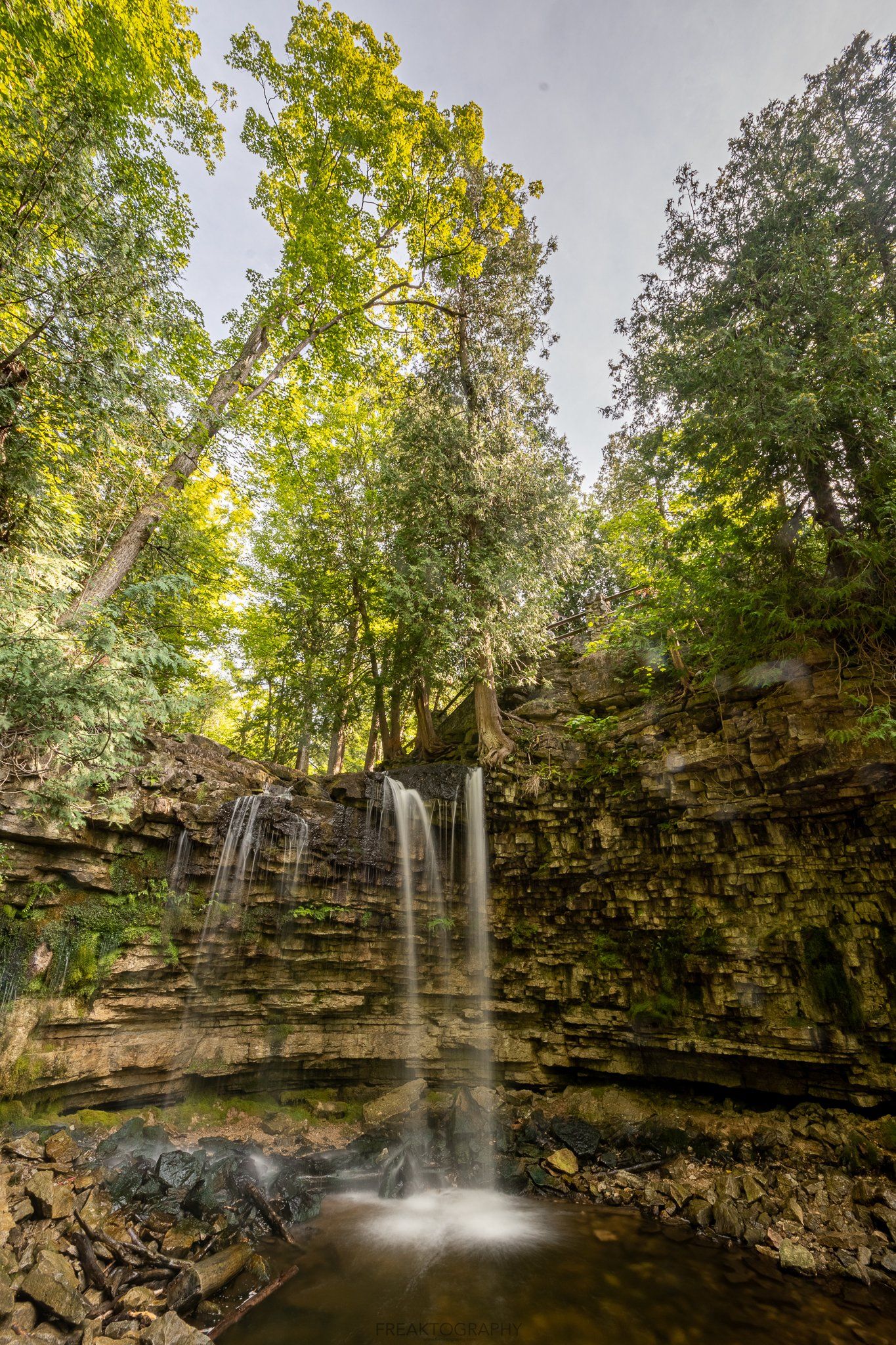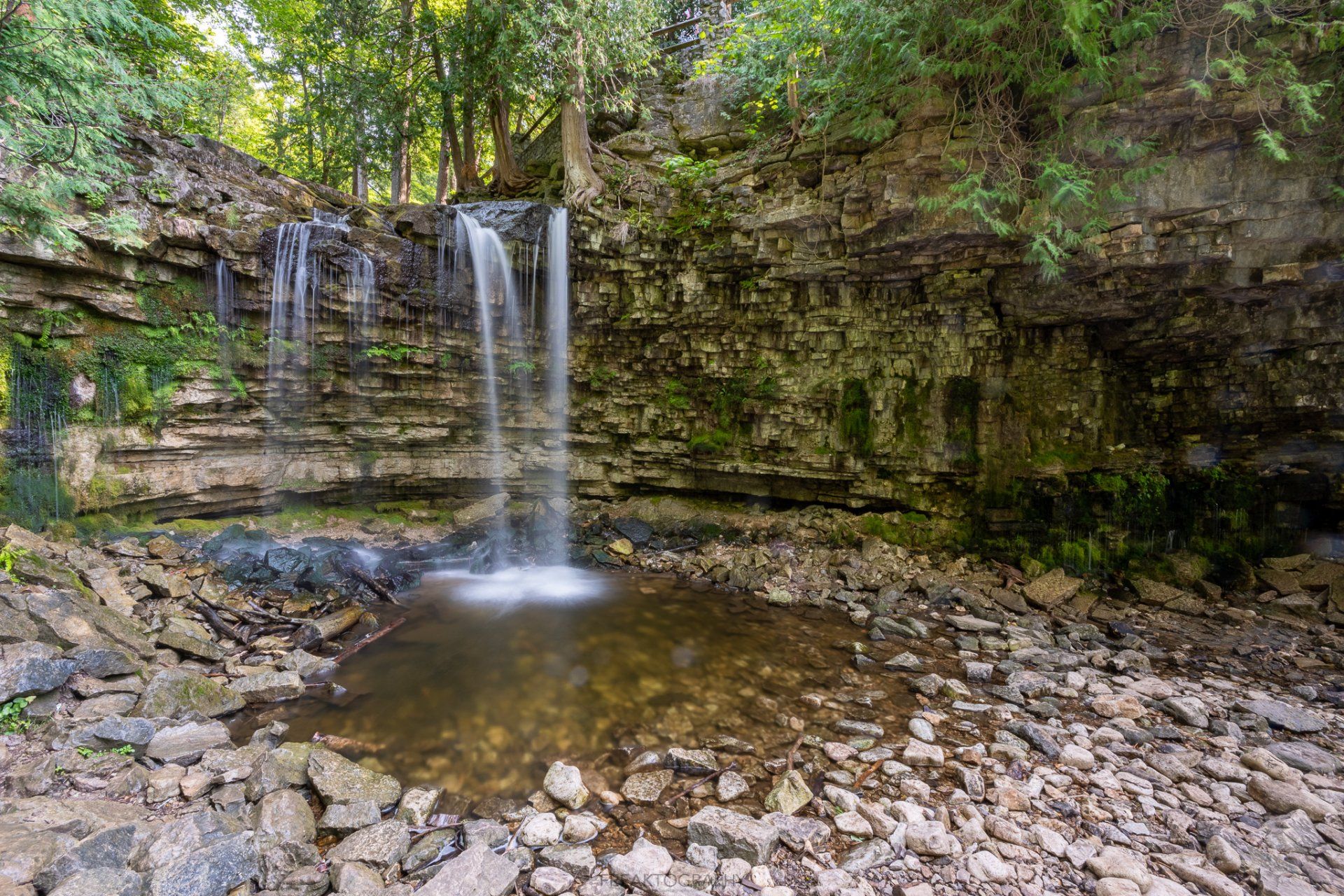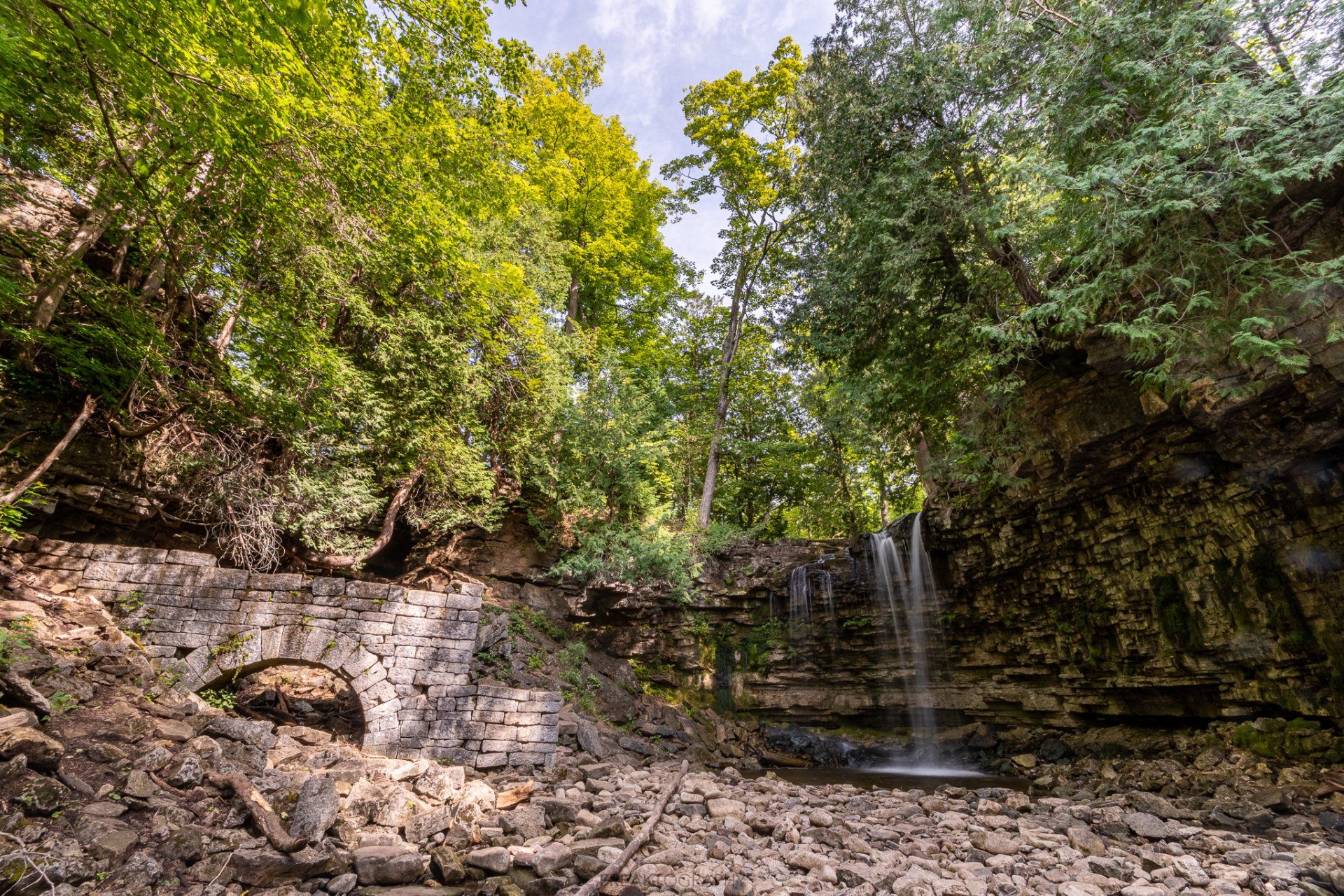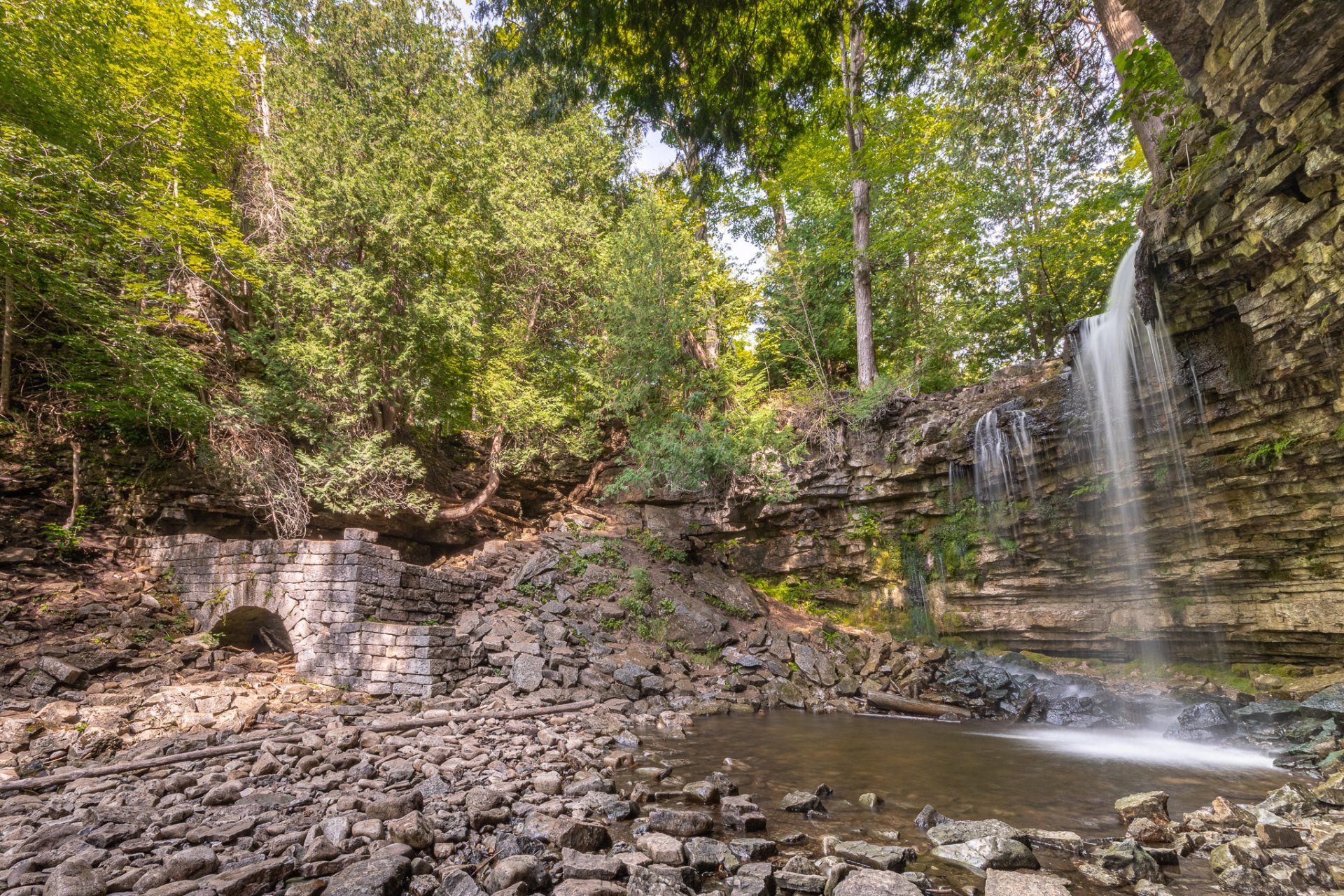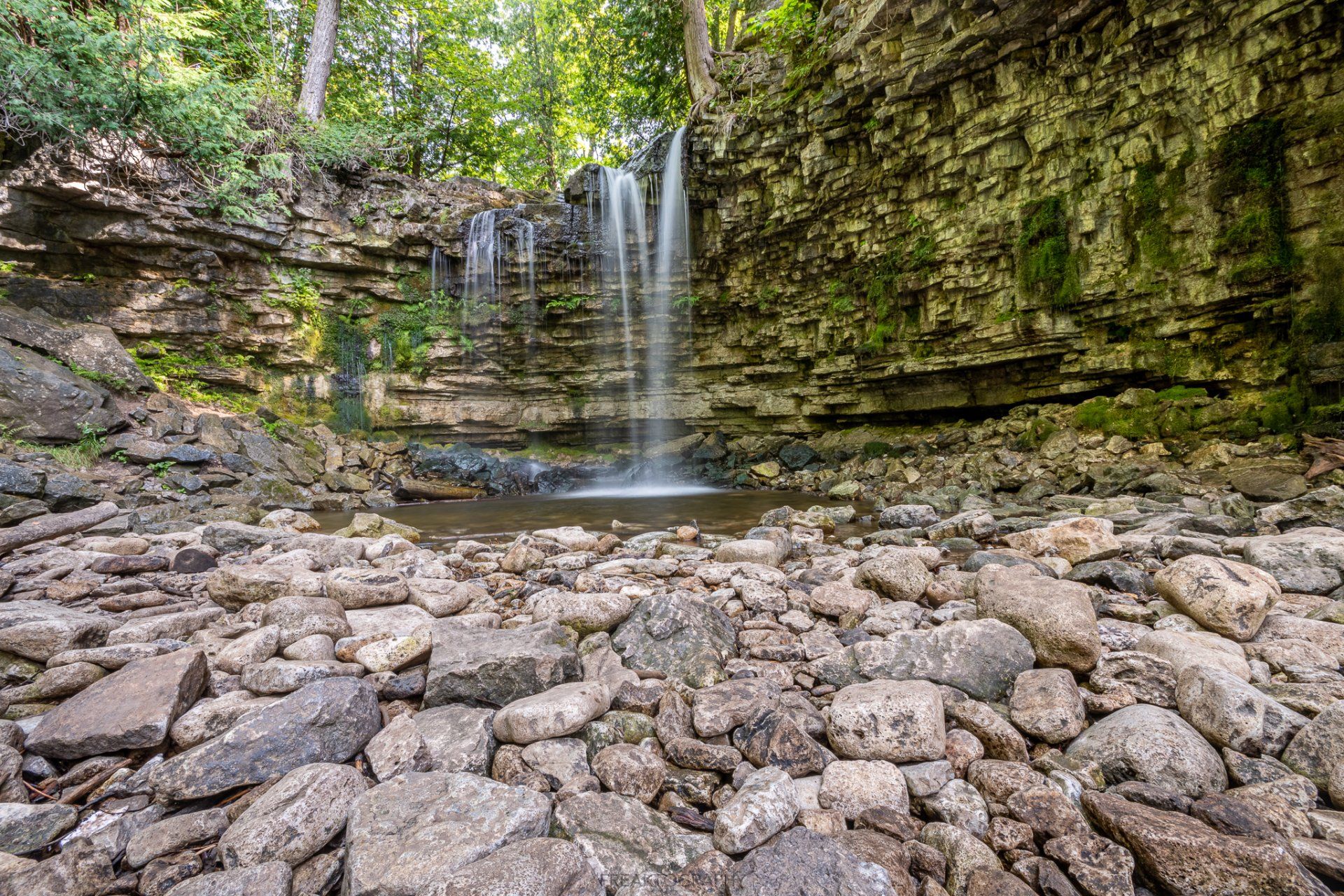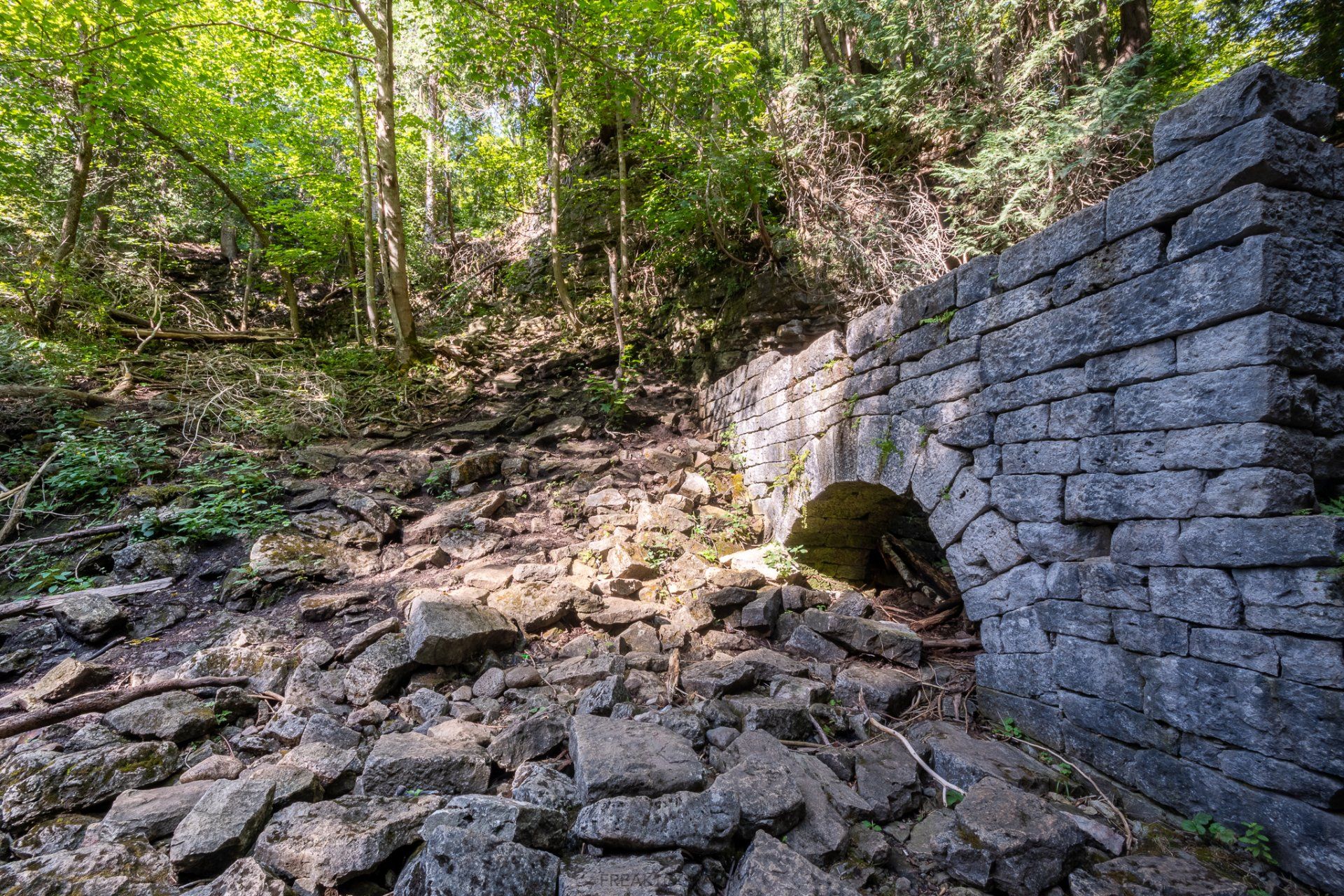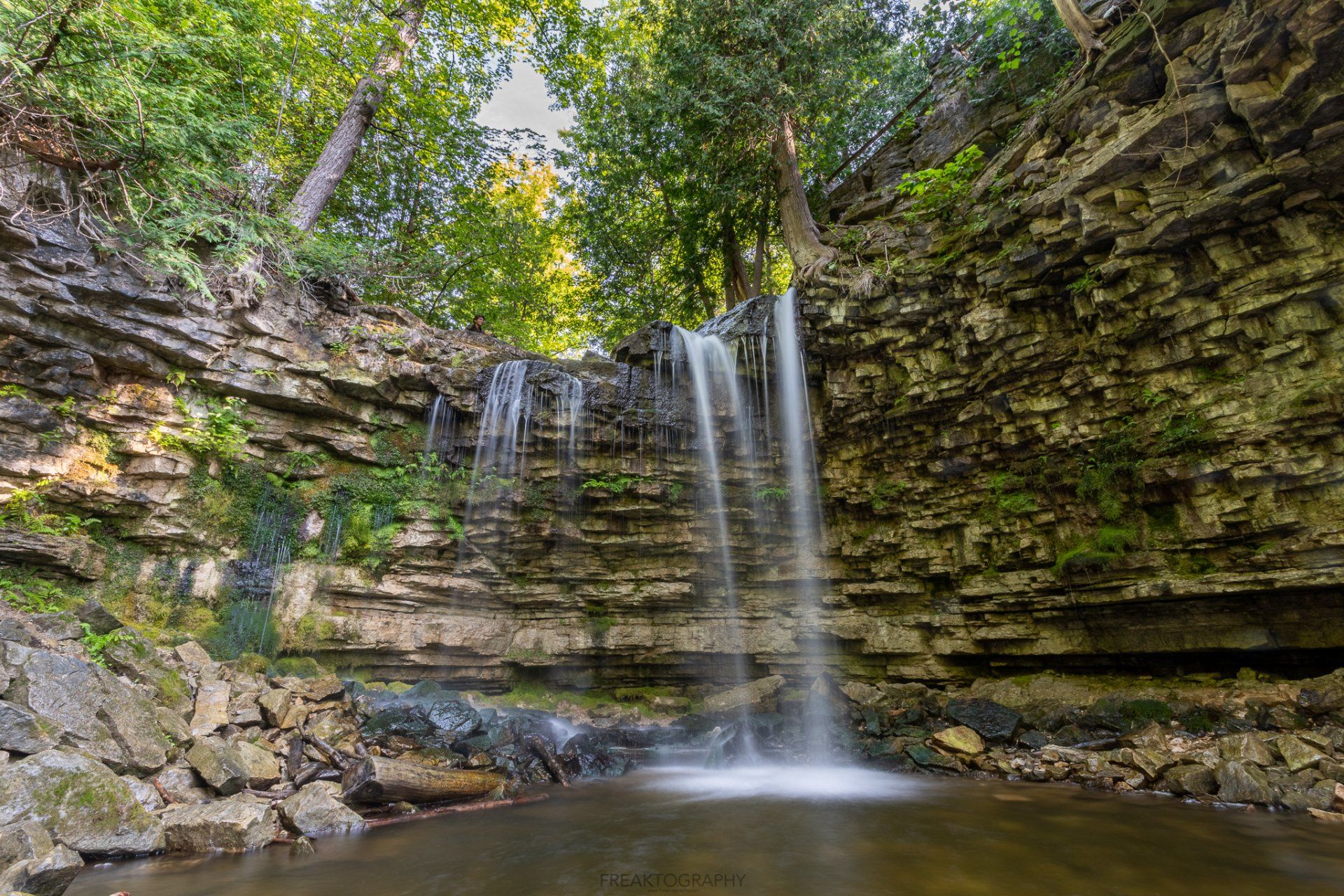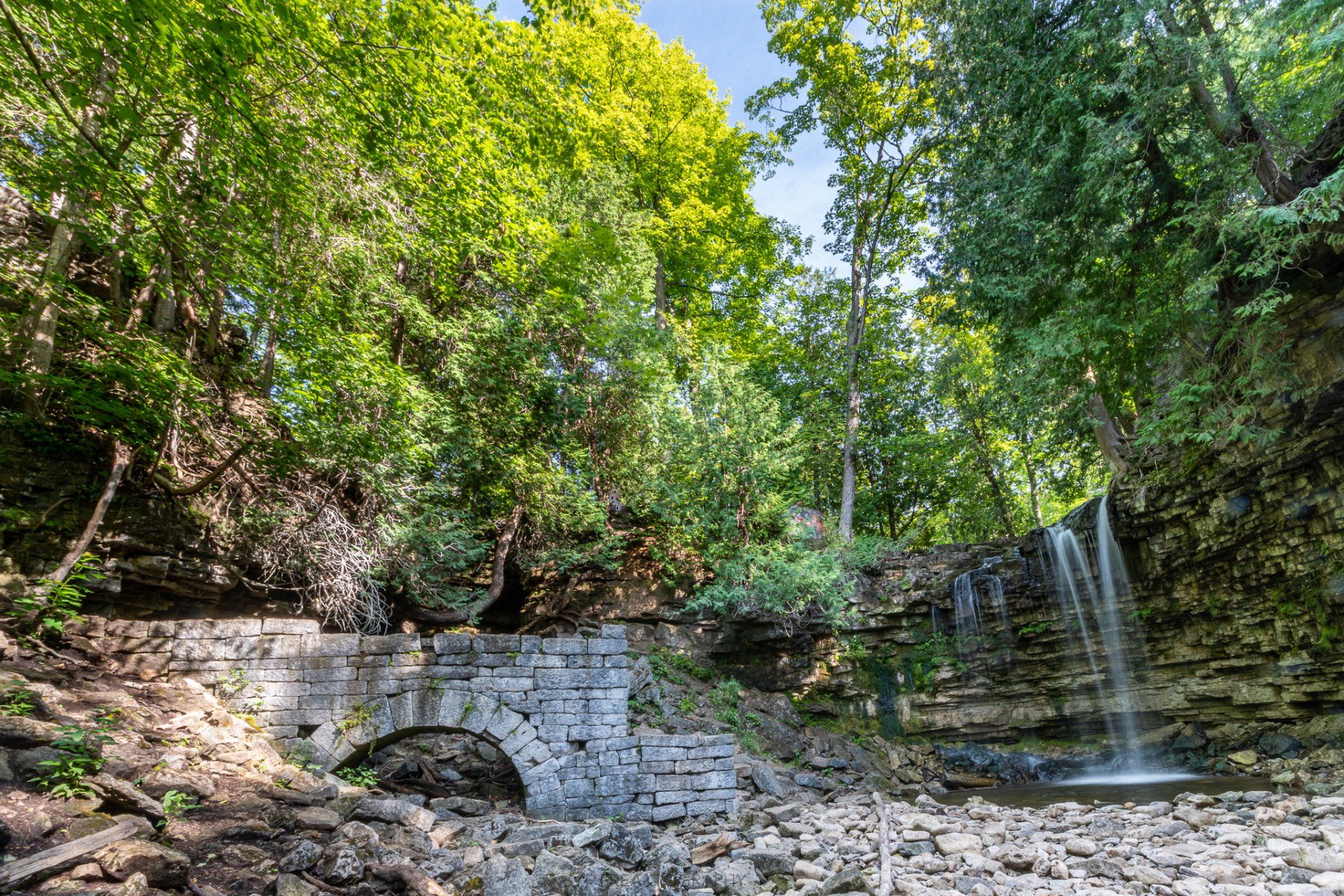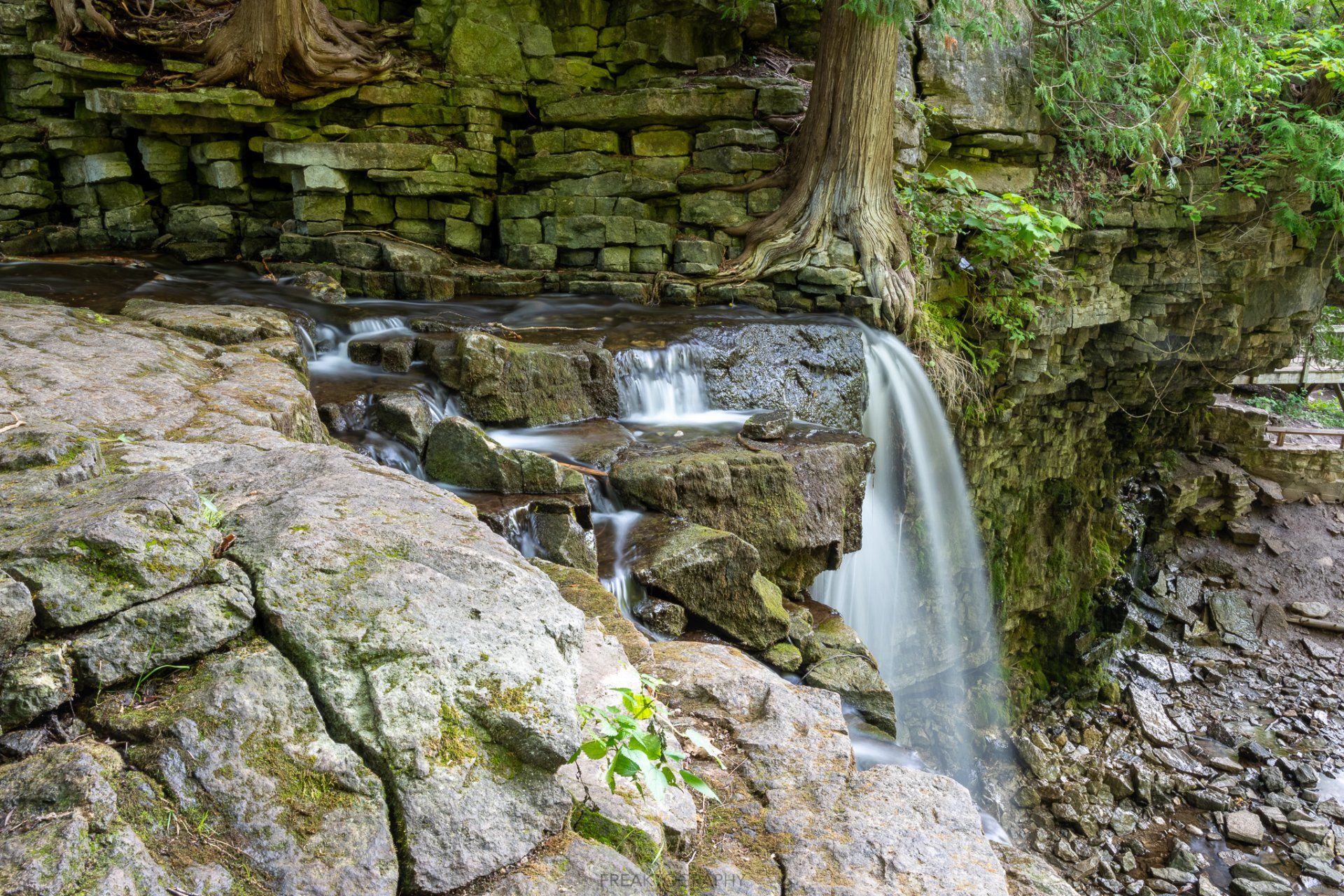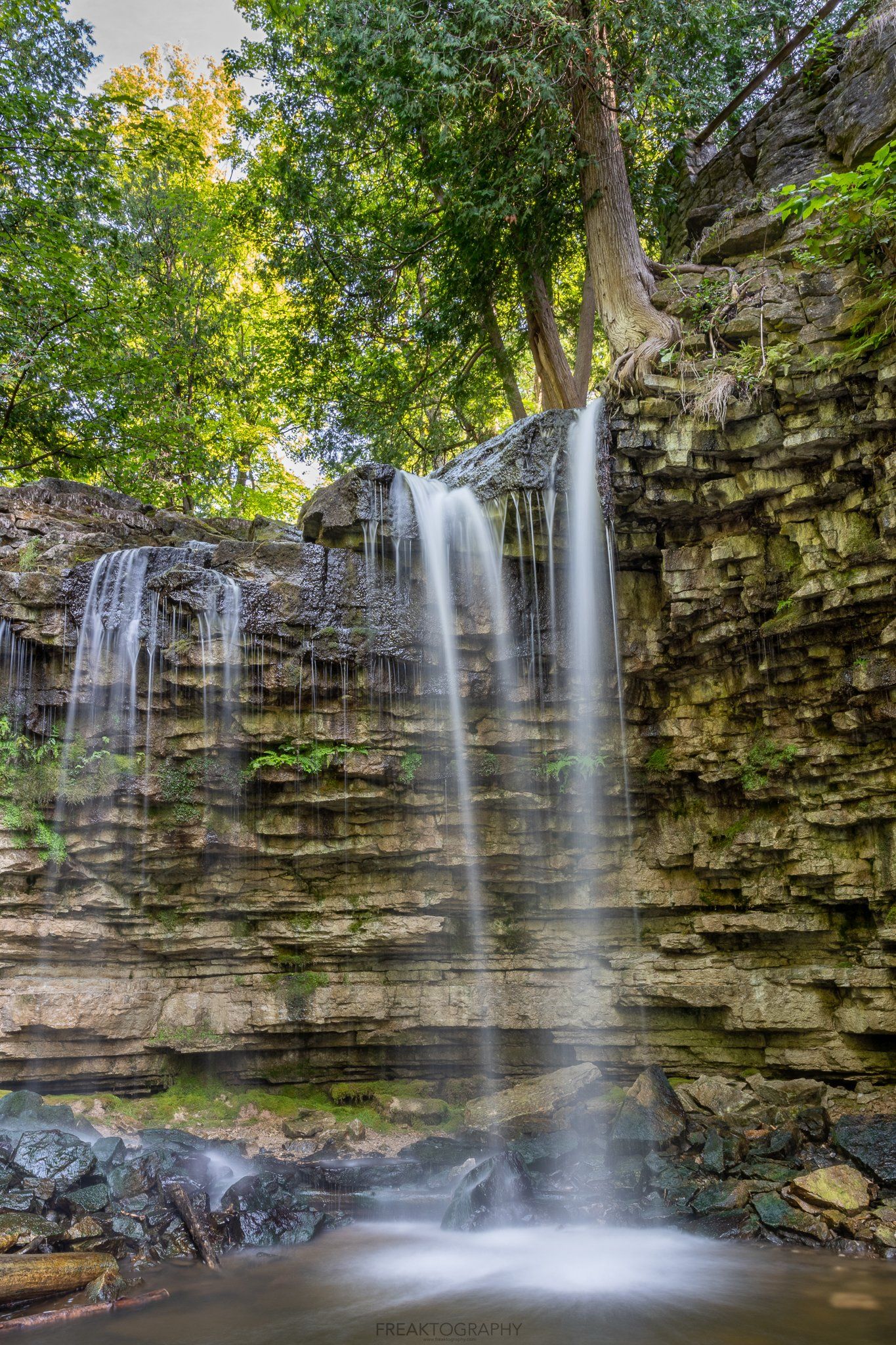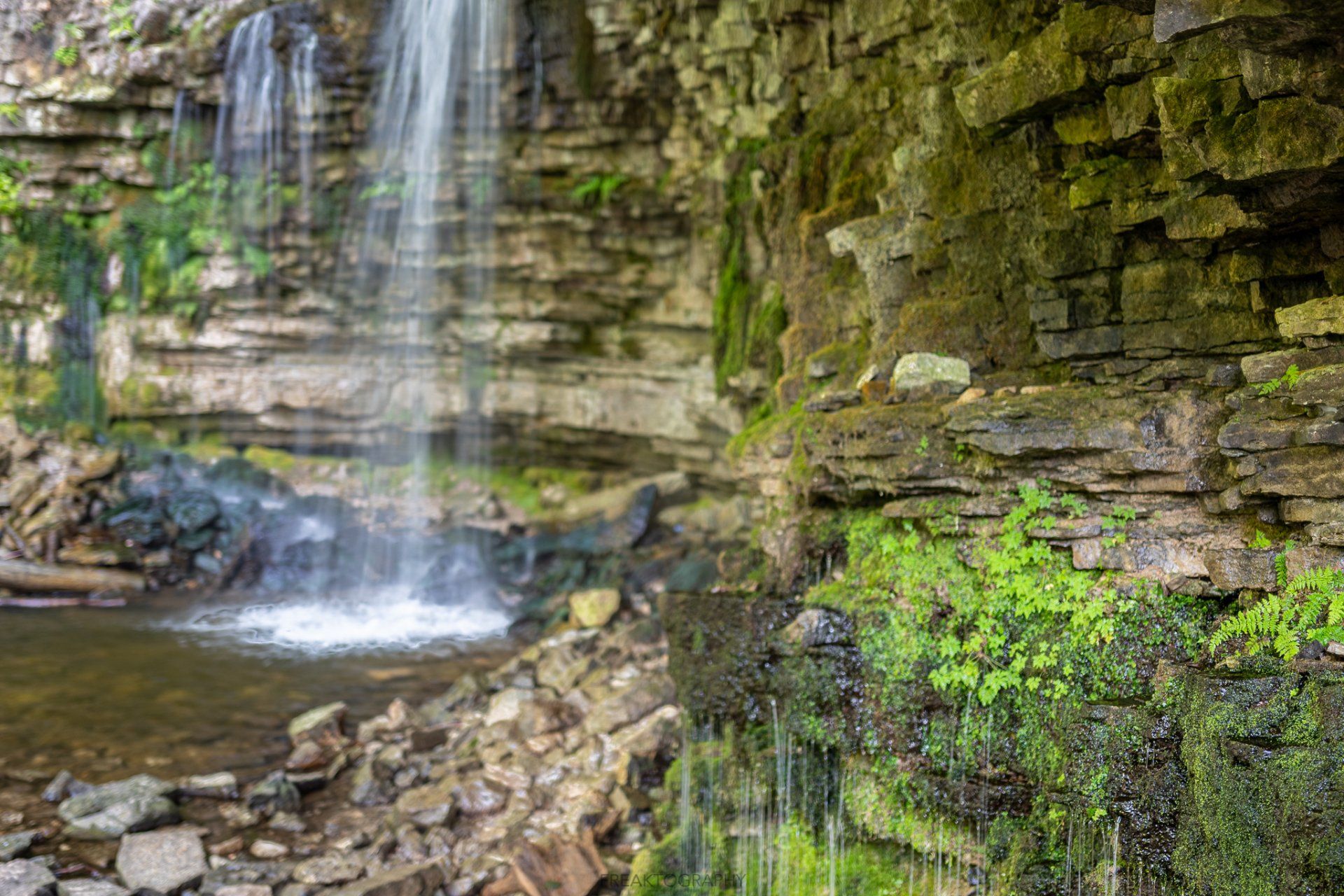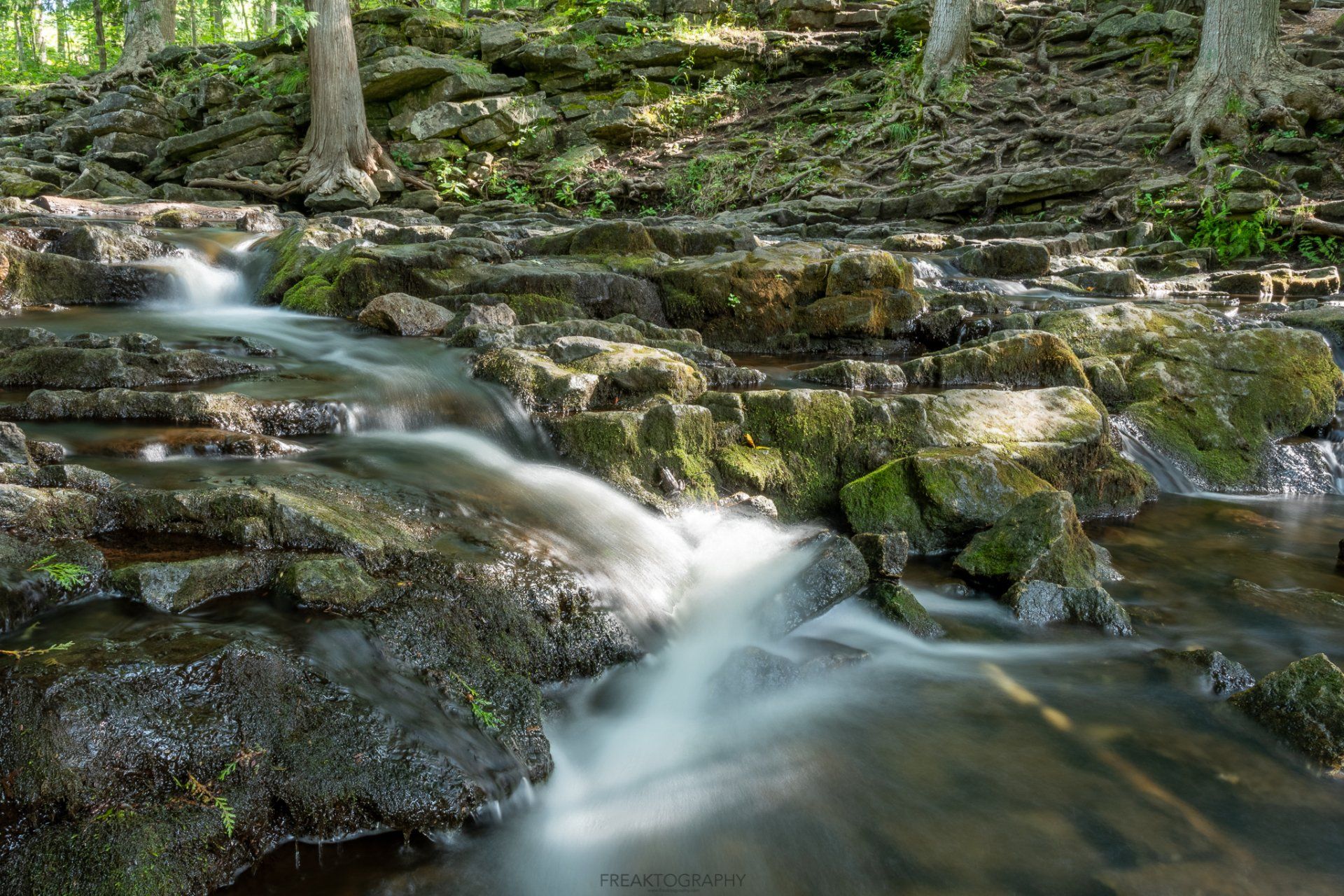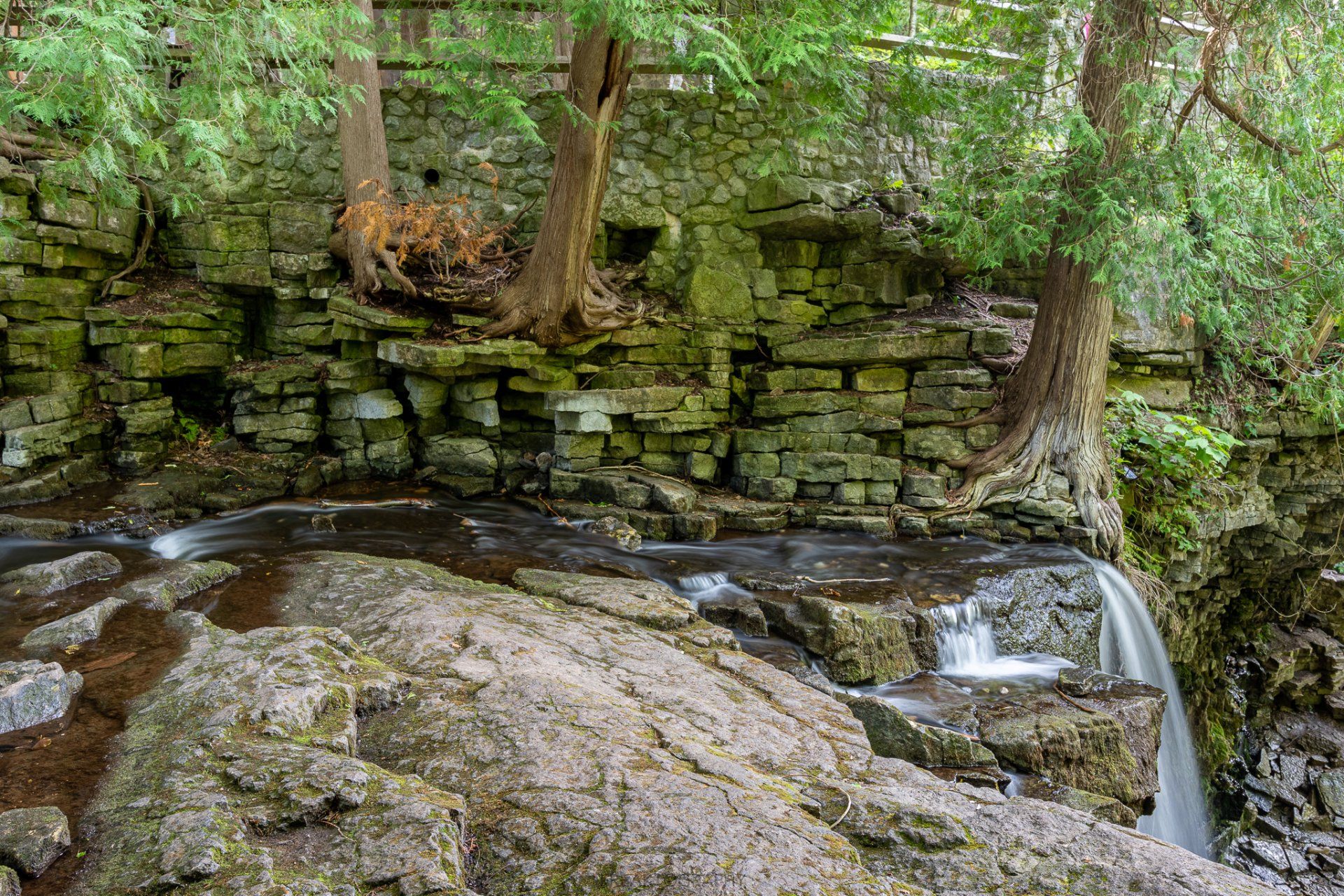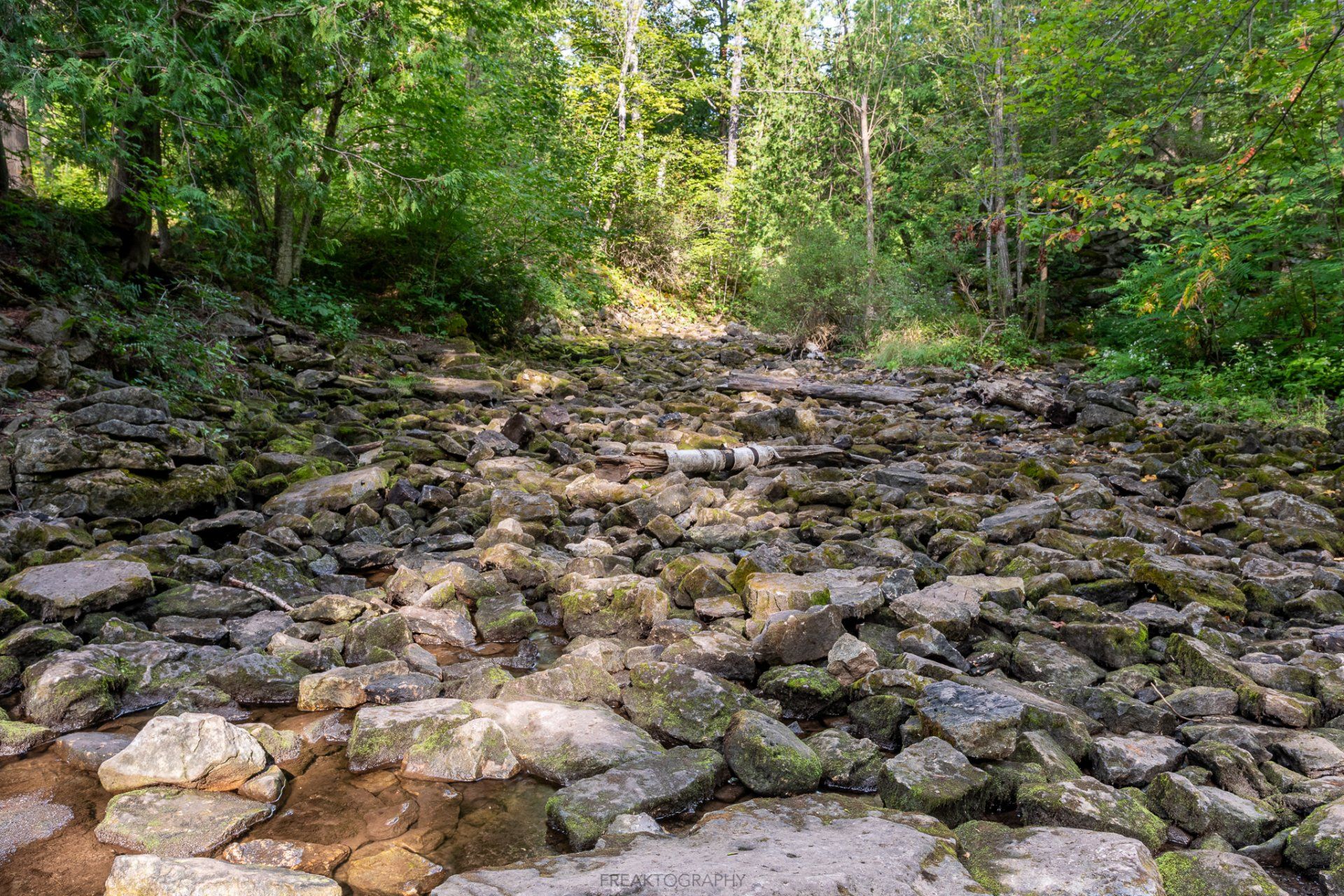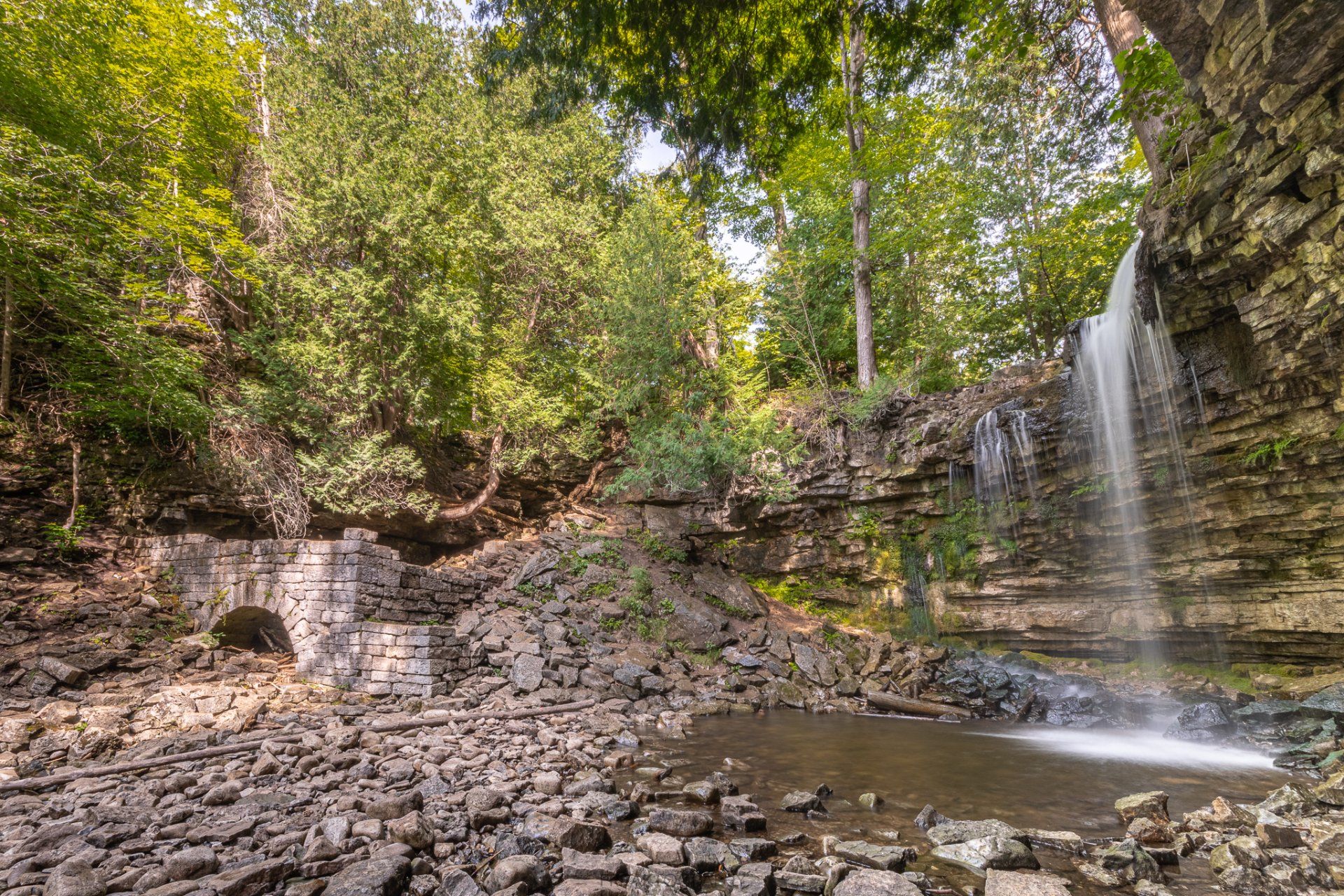Hilton Falls Waterfall
Hilton Falls Waterfall
About Hilton Falls
About Hilton Falls
Hilton Falls Waterfall can be found at the Hilton Falls Conservation Area, this park opened in 1967, located in Campbellville Ontario the park has about 35 kilometres of trails within its boundaries.
With the Niagara Escarpment and The Bruce Trail all within the park, there is plenty to see and do.
The escarpment here is dolomite which can hold water in pools close to the surface providing a large amount of water in streams and wetlands. It also leads to the growth of extensive amounts of moss on the rocks. The trees don’t tolerate the wet conditions and many fall before they reach their full size giving the forest a youthful appearance.
Located within the park, Hilton Falls makes a scenic 10 metre drop over the escarpment beside the ruins of an old abandoned saw mill.
As you hike the trails in search of the waterfall, you will eventually come to Sixteen Mile Creek and it’s shallow rocky path to the crest of the waterfall
Hilton Falls Waterfall Video
Hilton Falls History
Hilton Falls History
In 1835 Edward Hilton built a saw mill which he operated until 1837, when he decided to leave to fight in what came to be known as the Upper Canada Rebellion of 1837.
The mill was left to rot and it appears Hilton didn’t return for about twenty years. Hilton gave his name to the falls although he only operated a mill here for a short time. Hilton Falls plunges over the escarpment and provided the power to turn the water wheel for the saw mill.
In 1856 the site was purchased by Dr. George Hamilton Park who had the mill rebuilt. He likely bought it under speculation and it was operated under several names until 1863 when it burned down.
At the foot of the falls stand the remains of the water wheel housing from Dr. Park’s mill. This cut stone structure supported a wood and iron wheel that was reported to be 40 feet in diameter. Estimations of the site suggest that 26 feet was more likely the size.
The water was brought from a mill pond above the falls through a flume to the top of the wheel. The stone arch provided an exit for the water after it turned the wheel. The wheel housing and the mill were solid construction. The saw mill was 30 feet wide, 50 feet long and stood 18 feet tall.
